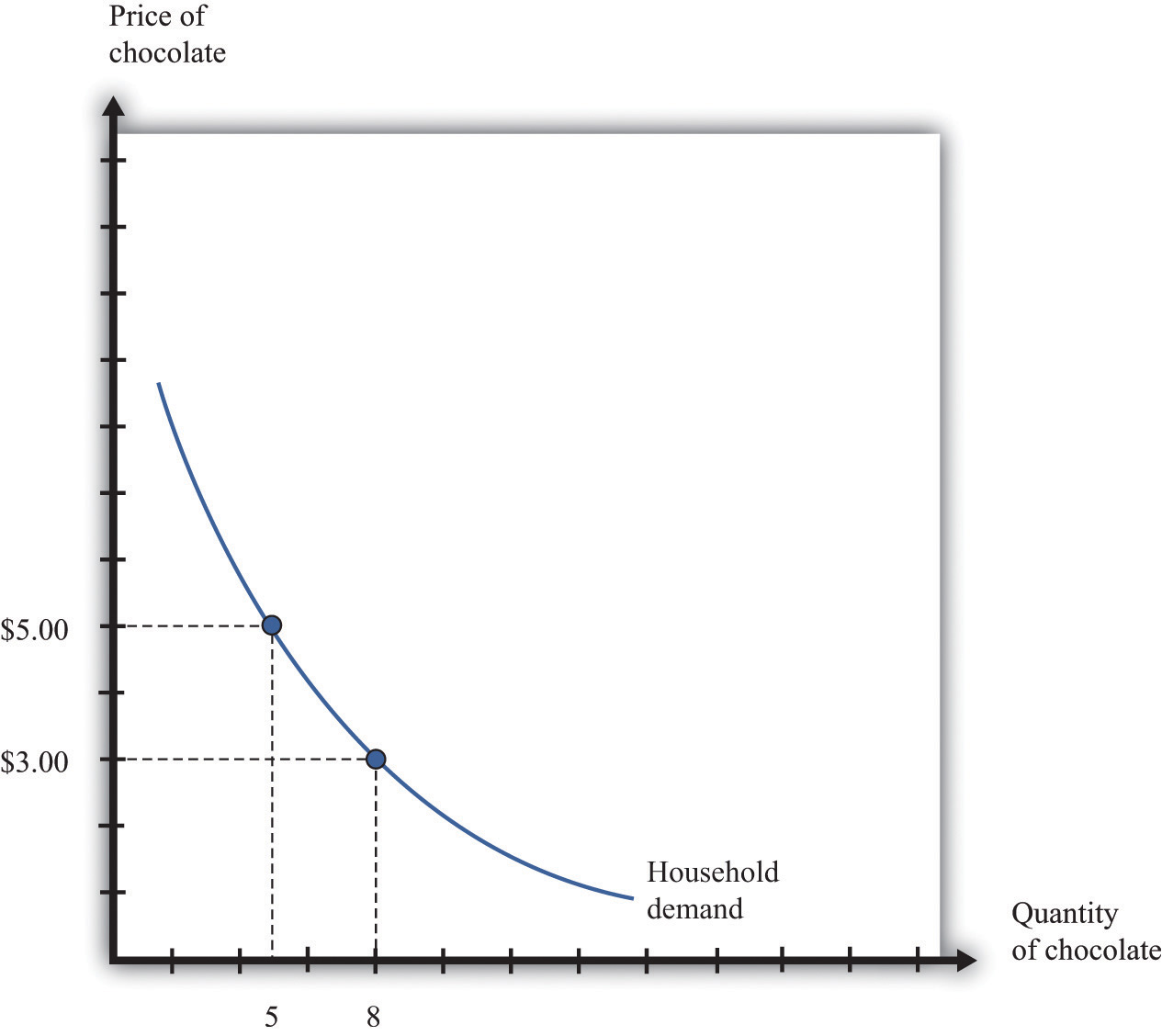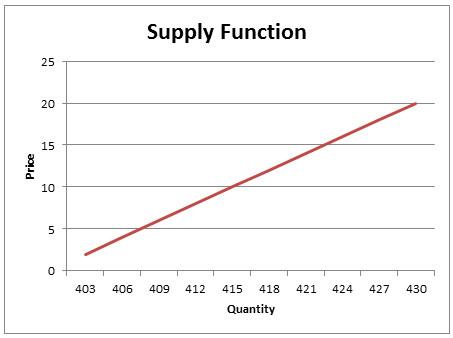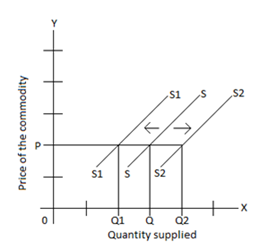Chapter 6: Supply and Demand
6.1 Demand

Demand curve: shows relationship between price and quantity demanded of a good during a certain period of time
Individual’s demand curve for a good reflects marginal utility received → marginal utility decreases as unit increases
Law of diminishing marginal utility: satisfaction decreases as additional units of a good is consumed within a given period
Law of demand: as the price of a good increases, the demand decreases
And vice versa: as price decreases, the demand increases
6.2 Supply

Supply curve: shows relationship between price and quantity supplied by a perfectly competitive firm during a certain period of time
Law of supply: as the price increases, the quantity of a good also increases
Marginal cost increases
Marginal cost: additional cost of producing another unit
Market supply curve: shows total quantities of a good that suppliers are willing able able to provide at various prices during a period of time
Horizontal summation of supply curves
Change in quantity supplied: change in price → sellers adjust quantity
Change in supply: change in overall supply

When is there an increase in supply?
Decrease in input costs
If wages, rents, etc. related to the good produced decrease
Improvement in technology
Expectations of lower prices in the future
Increase in number of sellers
More sellers = more supply curves added horizontally
Decrease in price of a substitution during production
Ex) Paper and lumber, milk and cheese
If cost for cheese decreases, more milk will be sold instead
Increase in price of joint product
Ex) Leather and beef
Production of one makes other available
If price of leather increases → more cows will be slaughtered → supply of beef will increase
Lower taxes
Higher subsidies
Lower regulations
Acronym
ROTTEN
Resource costs
Other goods’ prices
Taxes and subsidies
Technology changes
Expectations of suppliers
Number of suppliers
Long-run average cost (LRAC): cost function that represents the average cost per unit for producing a good
Economies of scale
Long-run average cost curve has a negative slope → cost per unit decreases
Due to:
Use of equipment: robots, assembly lines, etc. that increase efficiency when handling large output
Cost of input that does not increase when output increases → spread out over large output
Long term
Ex) Copyright
Diseconomies of scale: exist over range of output when LRAC increases
Increasing returns (to scale): when output increases proportionately more than increases in all inputs
Ex) Doubling all inputs results in more than double the amount of output
Decreasing returns (to scale): when output increases proportionately less than increases in all inputs
Constant returns (to scale): increase in output is equal to increase in input
Diminishing (marginal) returns: additional unit of input increases total input less than the previous unit of input → holds all other inputs constant
Increasing cost firm: faces decreasing returns to scale
Decreasing cost firm: faces increasing returns to scale
 Knowt
Knowt